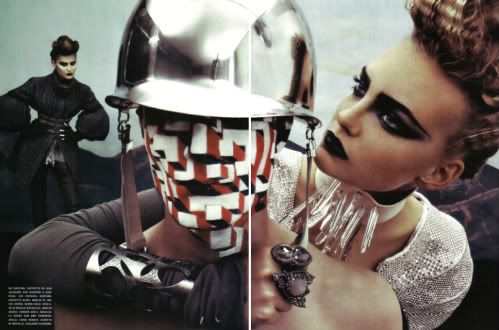'Meeting the needs of the present without compromising the ability of future generations to meet their own needs'
United Nations 1987
As a future designer, it is my duty to produce considerate designs, making sure that each stage of the process is carefully thought about and the end product has a 360 degree life cycle. At this stage of my career, as a student it is quite difficult to factor this in to my projects, as there is only a short amount of time given to complete a brief, and to be honest I am more concerned with producing samples which look good rather than are environmentally friendly. However these classes and researching more into the Ted 10 principles have made me think more carefully, and in future projects I will definitely consider each stage of the design process in a more Eco friendly way.
Looking at my most recent collection of samples, I have analysed the different stages in production to see if I have been as considerate to the environment as I could have been...
Materials used:
Cotton Organdy - Crispness of fabric is due to acid being added,which is harmful however cotton is sustainable, renewable and biodegradable
Acetate - is made up of chemicals and acids but is made from a renewable resource plus can be composted.
Viscose Thread - is a natural polymer made from wood pulp, however is made by adding chemicals, so it's use is declining due to its harm to the environment
Process & machines:
Laser Cutting - High power consumption, although I only used it twice
Heat Press - Also high, concentrated power consumption but only used a few seconds at a time
Sewing Machine - Apart from electricity used, very low in terms of possible harm to the environment
My samples involved a lot of cutting & sewing together individual pieces of various elements, and I tried to use them all, with the offcuts being saved for possible future projects...
So overall, when looking further in to each area, I can see that I could definitely have been more careful when selecting materials, and this is something I will consider carrying on to future design briefs. However, the field that I would like to work in is couture, and although the materials used might be expensive, the likelihood that these garments will be thrown away after use is slim. They will be passed on through the generations and be seen as desirable so will most likely be given to family members or charity shops.
Viscose Thread - is a natural polymer made from wood pulp, however is made by adding chemicals, so it's use is declining due to its harm to the environment
Process & machines:
Laser Cutting - High power consumption, although I only used it twice
Heat Press - Also high, concentrated power consumption but only used a few seconds at a time
Sewing Machine - Apart from electricity used, very low in terms of possible harm to the environment
My samples involved a lot of cutting & sewing together individual pieces of various elements, and I tried to use them all, with the offcuts being saved for possible future projects...
So overall, when looking further in to each area, I can see that I could definitely have been more careful when selecting materials, and this is something I will consider carrying on to future design briefs. However, the field that I would like to work in is couture, and although the materials used might be expensive, the likelihood that these garments will be thrown away after use is slim. They will be passed on through the generations and be seen as desirable so will most likely be given to family members or charity shops.






























































